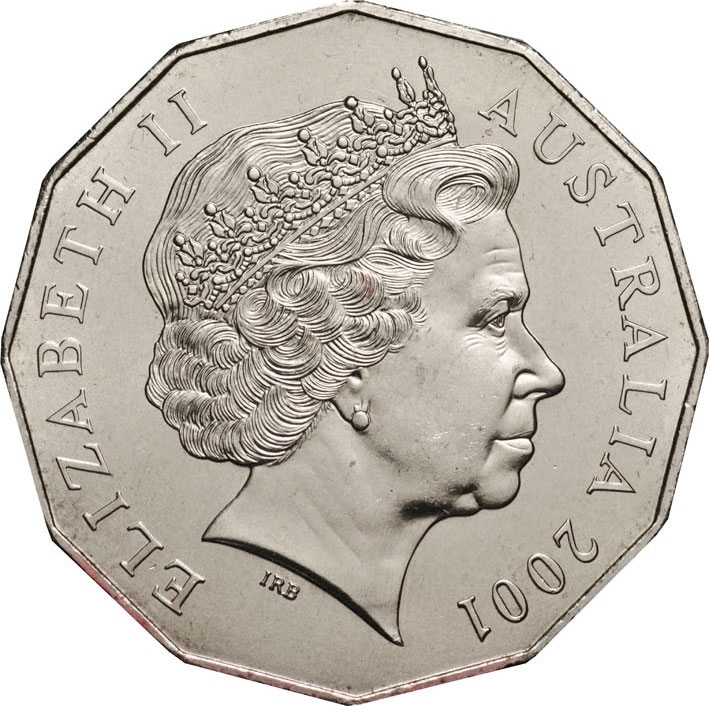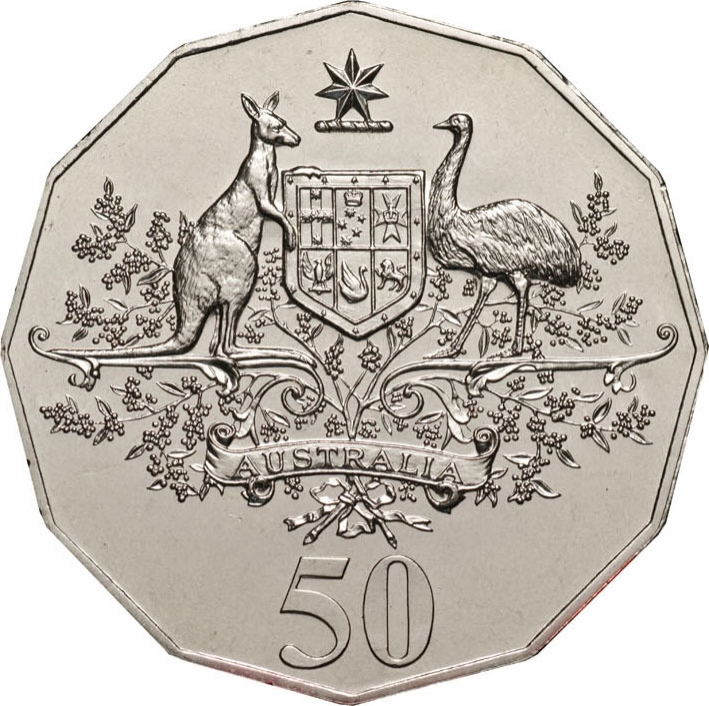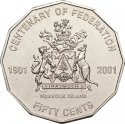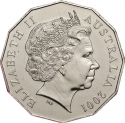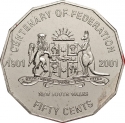You are about to finish your registration. Please check your mailbox (including spam folder). There should be a letter with a confirmation link. Check setting to make sure that your e-mail address is correct.
Send letter againDescription
The Federation of Australia was the process by which the six separate British self-governing colonies of Queensland, New South Wales, Victoria, Tasmania, South Australia, and Western Australia agreed to unite and form the Commonwealth of Australia, establishing a system of federalism in Australia. Fiji and New Zealand were originally part of this process, but they decided not to join the federation. Following federation, the six colonies that united to form the Commonwealth of Australia as states kept the systems of government (and the bicameral legislatures) that they had developed as separate colonies, but they also agreed to have a federal government that was responsible for matters concerning the whole nation. When the Constitution of Australia came into force, on 1 January 1901, the colonies collectively became states of the Commonwealth of Australia.
In 2001 there were many coins released into circulation by the Royal Australian Mint commemorating the Australian Centenary of Federation. A one dollar coin, ten 50 cent coins and nine 20 cent coins. Nine of the 50 cent coins depicted the coat of arms of each state and territory of Australia that were joined together in 1901 at Australia's Federation.
Obverse

|
Fourth crowned portrait of HM Queen Elizabeth II facing right, wearing the Girls of Great Britain and Ireland tiara. ELIZABETH II AUSTRALIA 2001 |
|---|---|
Reverse

|
Australia coat of arms (the escutcheon is carried by a Red Kangaroo and an Emu) and the numeral 50. AUSTRALIA |
| Edge |
50 Cents
4th portrait
100th Anniversary of Federation
Commonwealth of Australia
Subscribe series
KM# 491.1 Schön# 600.1
100th Anniversary of Federation
Commonwealth of Australia
Characteristics
| Type | Commemorative Issue (Circulating) |
| Material | Cupronickel |
| Weight | 15.55 g |
| Diameter | 31.5 mm |
| Thickness | 3 mm |
| Shape |
|
| Sides | 12 |
| Alignment | Medal |
| Mint |
Royal Australian Mint (RAM)
|
Related coins
100th Anniversary of Federation
